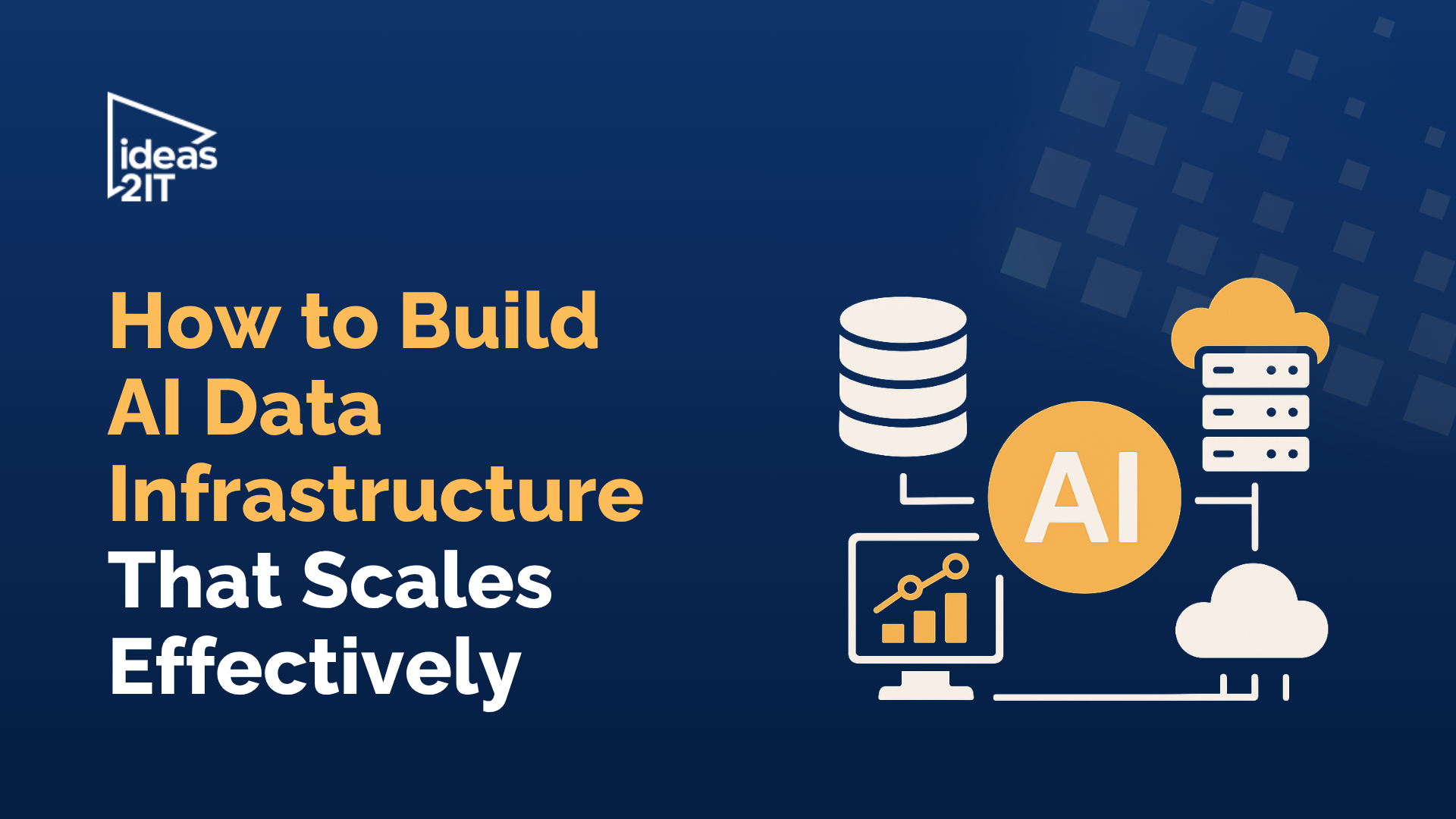Redshift vs. Snowflake: 7 Key Differences in 2025
TL'DR
In the realm of cloud-centric data warehousing solutions, Amazon Redshift and Snowflake stand out as leading contenders. With their robust features and scalability, these platforms have revolutionized the way businesses manage and analyze their data. But how do they compare to each other?
Before diving into their detailed comparison, let’s first explore what sets them apart.
What is Amazon Redshift
Amazon Redshift is a fully managed, cloud-ready, petabyte-scale data warehouse service that can be seamlessly integrated with business intelligence tools. Here, you can start with a few hundred gigabytes of data and scale up or down according to your requirements. Redshift is a great cloud data warehouse. In many ways, it kicked off the trend of migrating to cloud-based data warehouses.
What is Snowflake
Snowflake is a powerful RDBMS that offers an analytic data warehouse for both structured and semi-structured data in a Software-as-a-Service (SaaS) model. This means that Snowflake uses an SQL design and architecture specifically built for the cloud, making it faster, more user-friendly, and more flexible than a traditional data warehouse.
In our analysis as of 2025, we scrutinize Snowflake and Redshift across 7 key aspects. Our verdict: "Both platforms are excellent cloud data warehouses, and you cannot go wrong with either of them. Snowflake excels in maintenance and handling of JSON data, while Amazon Redshift integrates seamlessly into an AWS environment."
Before delving into our Snowflake vs. Redshift analysis that led to this verdict, it’s crucial to understand the rising significance of cloud data warehouses. Data has become indispensable for businesses, driving an era of data-driven decision-making. To effectively understand, analyze, and utilize data, modern enterprises are increasingly turning to cloud-based, horizontally scalable data warehouses.
After deciding to adopt a data warehouse, the next step is to choose the right one. We chose to compare Redshift and Snowflake because both platforms have revolutionized the volume, speed, and quality of business understanding and decision-making processes. It’s worth noting that selecting one over the other isn’t about superiority but about identifying the solution that best fits your business needs.
If you’ve used both Snowflake and Redshift, you’ve likely noticed far more similarities than differences. However, each platform offers unique features and functions. Hence, we compare them across seven key aspects.
Snowflake vs Redshift: 7 Key Differences
The comparison between Snowflake and Redshift across seven crucial aspects. From integration options to performance, maintenance, scaling capabilities, data structure, security, and pricing, we analyze the strengths and weaknesses of each platform.
Common Features between Amazon Redshift and Snowflake
1.Cloud-Native Architecture
Both Redshift and Snowflake are designed to operate in the cloud, enabling businesses to scale resources on demand and leverage the flexibility of cloud environments.
2.SQL-Based Querying
Both platforms use SQL as their primary querying language, making it easy for data analysts and engineers to interact with data without learning new languages.
3.Separation of Compute and Storage
Both solutions allow for the separation of compute and storage, letting users independently scale processing power and data capacity based on their needs.
4.Support for Structured and Semi-Structured Data
Both Redshift and Snowflake can handle structured (e.g., tables, rows) and semi-structured data (e.g., JSON, Parquet), making them versatile for diverse use cases.
5.Integration with Business Intelligence (BI) Tools
Both platforms seamlessly integrate with major BI tools like Tableau, Power BI, Looker, and Qlik, enabling easy visualization and reporting.
6.Performance Optimization Features
Columnar Storage: Both use columnar storage to optimize data compression and querying performance.
Query Optimization: They offer query optimization techniques, such as result caching and query planning, to enhance performance.
7. High Availability and Reliability
Both services provide robust failover mechanisms and ensure high availability through their cloud-native architecture.
Snowflake vs Redshift: Key Takeaways
I put together a summary of the comparison of Redshift vs Snowflake to help you decide. Some aspects in which there seems to be a more perceptible difference include:
- Maintenance: Redshift requires a more hands-on approach in terms of maintenance, as the likes of data vacuuming and compression are not automated. Snowflake automates these tasks, making them easier to maintain.
- Integration: If you plan to use AWS components in different modules in your architecture, then Redshift makes it easier to integrate. But by splitting computation and storage and offering tiered editions, Snowflake provides businesses with the flexibility to purchase only the features they need while preserving the potential to scale.
- Security:If the need is for a full suite of security and compliance, then Redshift is the better choice. Snowflake allows varying levels of security during different phases and an option to compromise on compliance in the initial stages for cost savings.
- Data Handling: Snowflake’s support for handling and querying JSON data is more robust than Redshift. In Redshift, the JSON is split into strings, making it harder to handle.
If you have more questions, please reach out to us. We are very familiar with both Redshift and Snowflake. If you're looking for a system integrator to help with your data warehouse, feel free to reach out to us as well.









%20AI%20in%20Data%20Quality_%20Cleansing%2C%20Anomaly%20Detection%20%26%20Lineage.avif)















